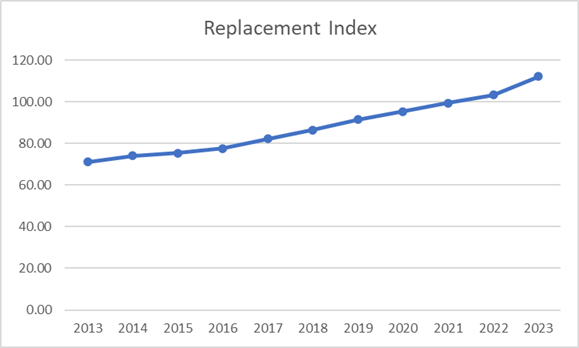The Suckler Carbon Efficiency Programme in Numbers
Since the official closing date on 22nd May, the number of herds that have signed up for the Suckler Carbon Efficiency Programme (SCEP) stands at just over 20,500 herds. This brings the number of cows in the scheme to approximately 490,000. Although the official scheme closing date has passed, late applications are still being accepted for the next 25 days, however there will be a 1% penalty (this deduction will only apply to the first year of the programme) per working day for every day that the application is delayed. Applications will not be accepted after the 25 day period.
At a glance, the average reference number for the participating herds is 23.9. The annual genotyping requirement is 70% of the herd’s reference number. The total number of animals required for genotyping through the scheme is in and around 343,416 animals per year. This will be a significant amount of genomic data to going into the ICBF database and will be critical to both farmers and industry when making future decisions.
From BDGP to SCEP
The SCEP scheme follows a very similar format to the BDGP scheme which has proven to have increased the genetic merit and performance of the Irish suckler herd. Since the introduction of the BDGP scheme, the Replacement index of the national herd has been steadily increasing from an average of €70 in 2013 to €115 in 2023.

Broken down further, the graph below highlights the gains that have been made in milk and fertility. This increase in daughter milk and reduction in calving interval has resulted in producing higher weaning weights (quantified by the weights recorded during the BEEP-S scheme) as well as a shorter period of time between calvings.

Carcass weight and conformation has also seen an increase since the introduction of the BDGP, and since 2013 the average carcass weight has increased by 13kg, with 44 less days to finish. Reducing the age of finish has been identified as one of the key measures that we can implement to help mitigate against our greenhouse gas emissions, while increasing the carcass weight increases profit to the farmer.

SCEP will continue to drive the rate of genetic gain in the national suckler herd, leading to cows that calve every 365 days, that produce less methane and that produce calves with higher weaning weights. This increase in efficiency and production will increase farmer profitability and reduce the greenhouse gas emissions from the herd.
SCEP Requirements
|
Scheme year 1 |
Scheme year 2 | Scheme year 3 | Scheme year 4 |
Scheme year 5 |
|
| Eligible AI/ Stock bull |
80% of eligible calves born sired by 4/5* sires |
80% of eligible calves born sired by 4/5* sires | 85% of eligible calves born sired by 4/5* sires | 85% of eligible calves born sired by 4/5* sires |
90% of eligible calves born sired by 4/5* sires |
| Female Replacement Strategy |
50% of females genotyped 4/5* on 31st October 2023 |
NO ACTION REQUIRED |
65% of females genotyped 4/5* on 31st October 2025 |
NO ACTION REQUIRED |
75% of females genotyped 4/5* on 31st October 2027 |
| Genotyping |
Genotype 70% of the reference number |
||||
| Weight recording |
80% of eligible dam/calf pairs weighted on the same day |
||||
| Survey information |
Calf/dam/sire Survey information 100% complete |
||||
| * Calf down 50% of the Reference number each scheme year
*SCEP Training must be completed by 15th of November 2024 * Scheme year 1( 1st July 2022 to 30th June 2023) |
|||||
If you have any queries regarding the SCEP scheme you can contact the HerdPlus team on 023 882 0452 or email [email protected]
